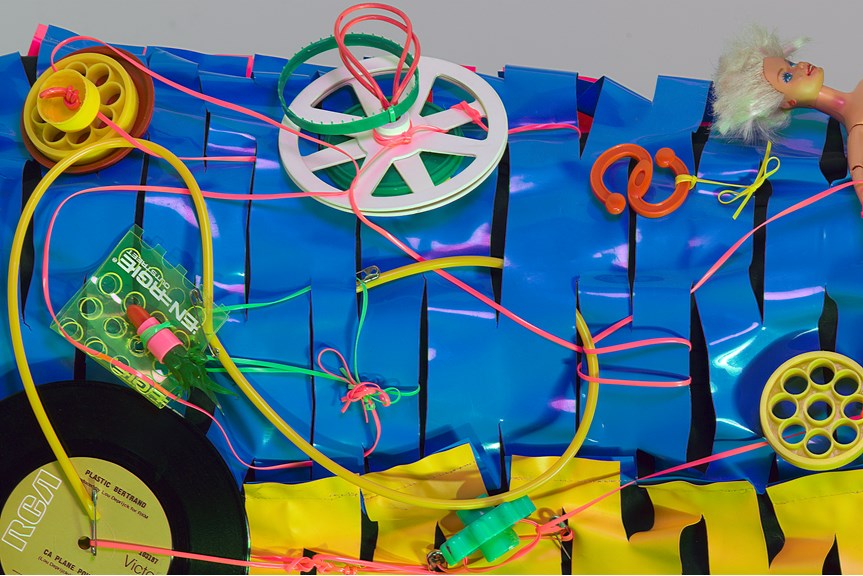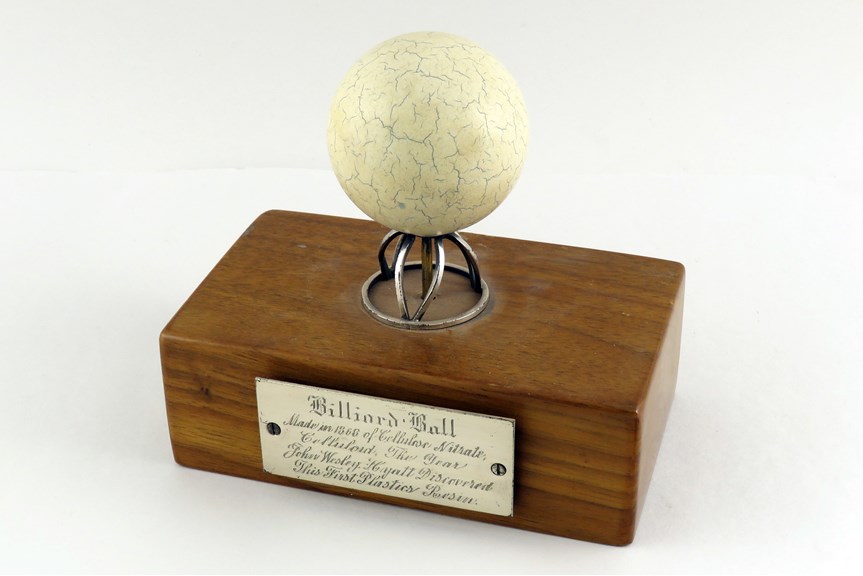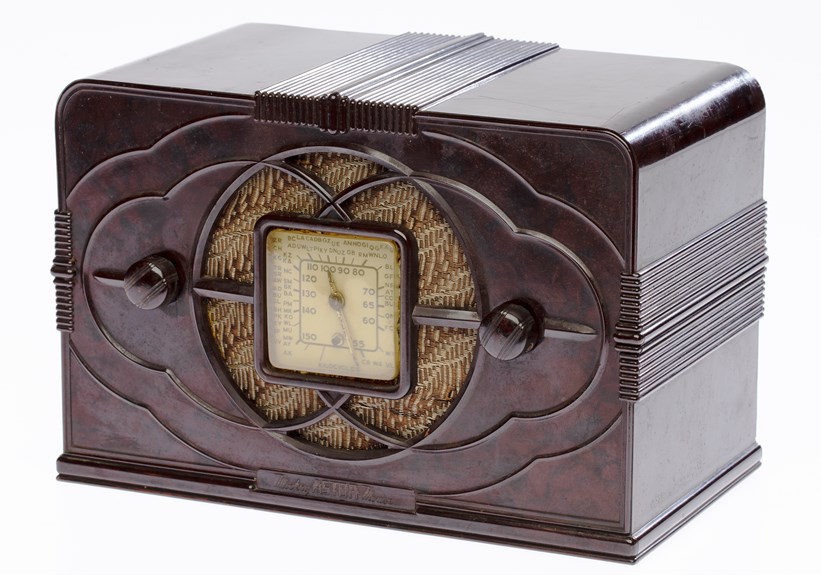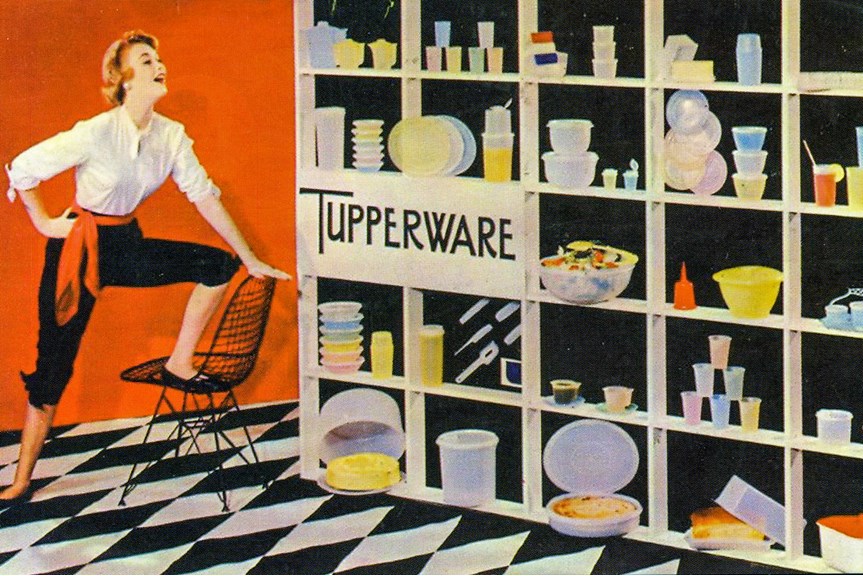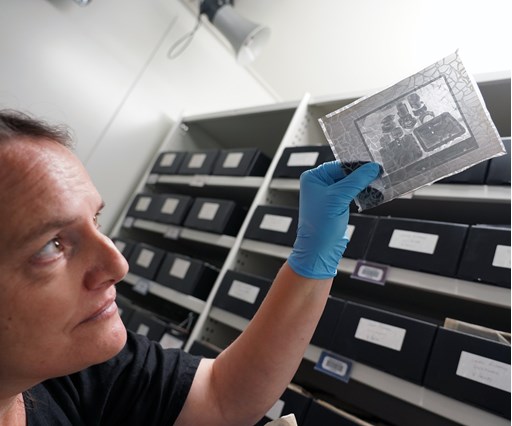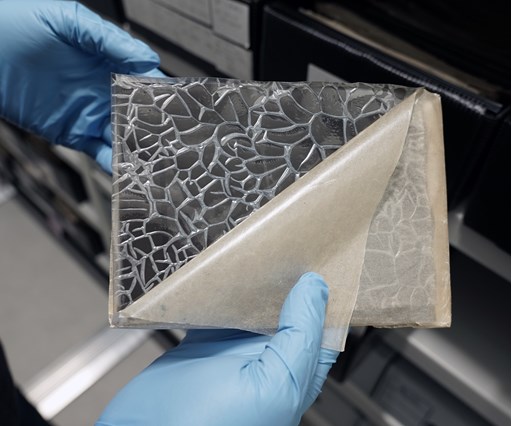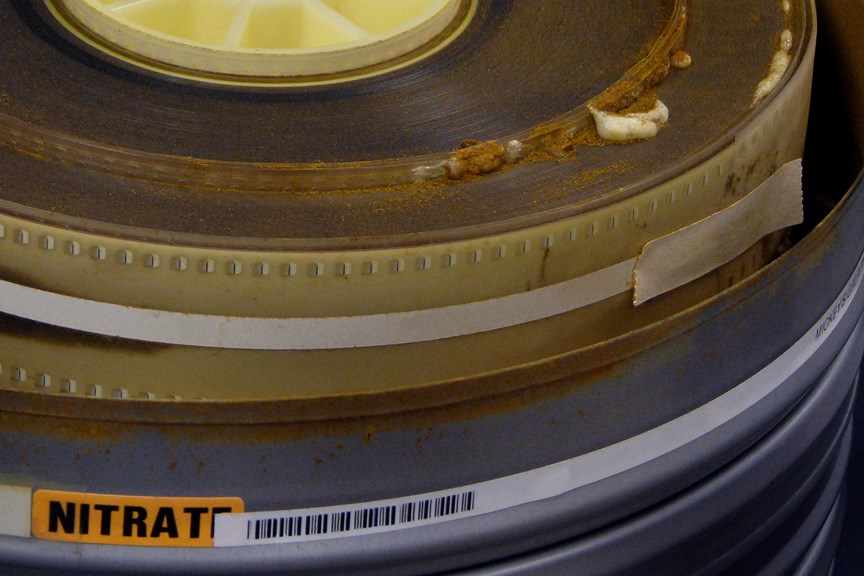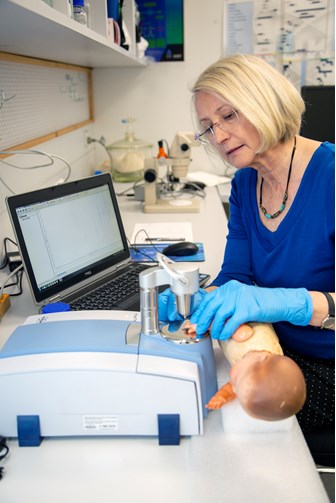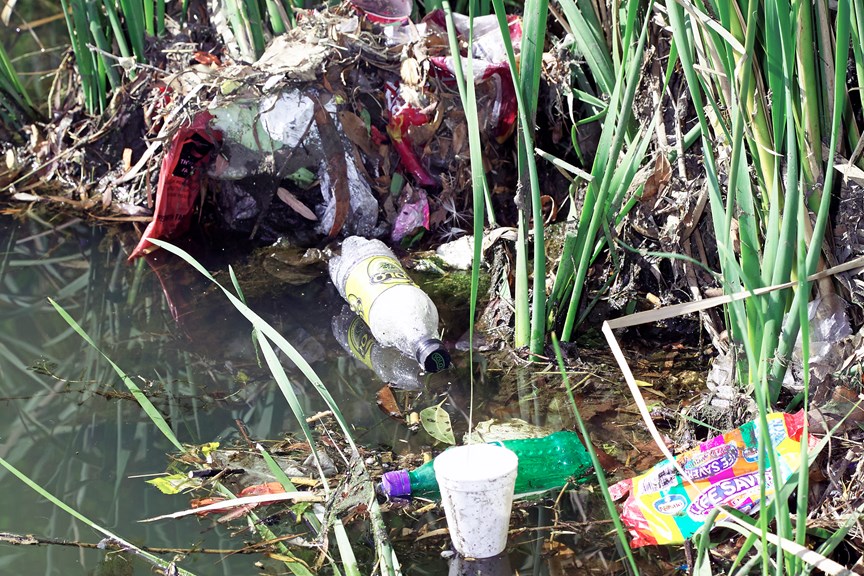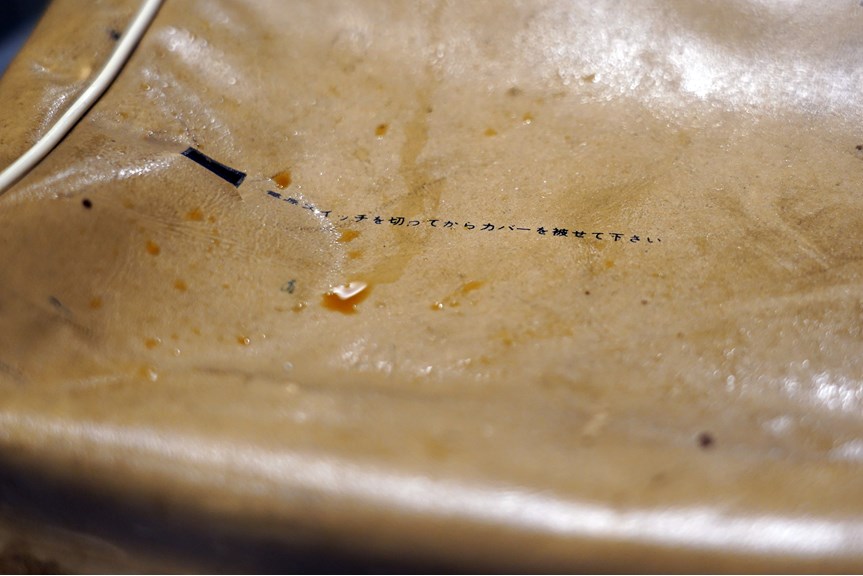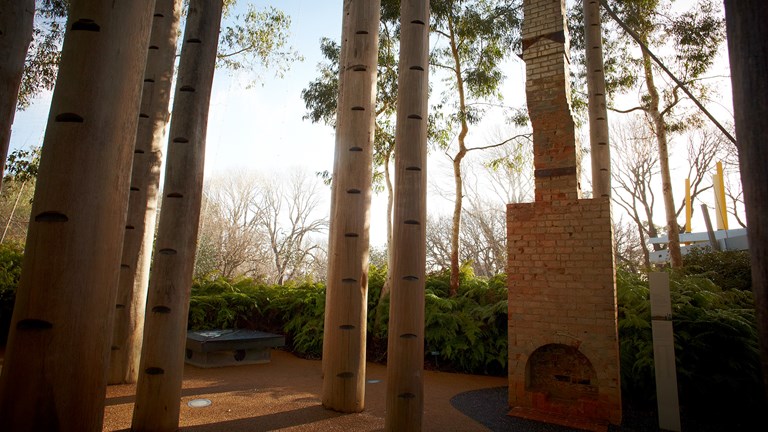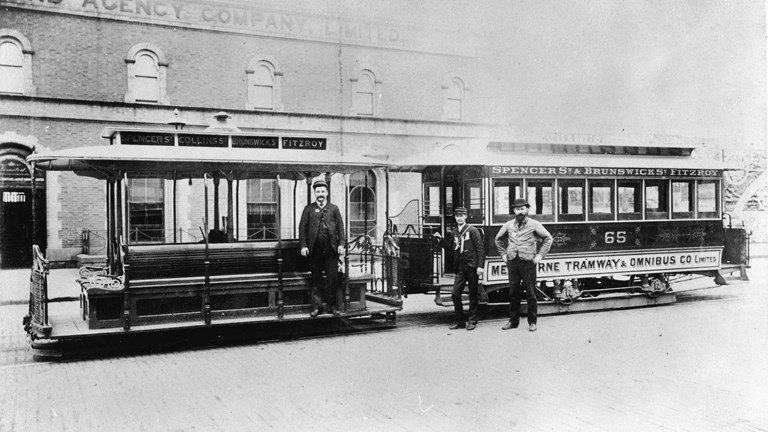Our addiction to plastic
Lifting the lid on plastic: the good, the bad and the ugly.
Plastic is everywhere.
We use it to create clothing, technology, toys, transport, packaging, money, even paint.
There’s almost nothing in our daily lives that isn’t touched by it.
Plastic has enabled humans to achieve some incredible things, and modernise our societies, but there are also challenges created by its legacy.
So, where did this addiction begin?
To start with, it would probably help to explain what we mean by ‘plastic’.
Plastics are polymers, or long chains of repeating molecules, with various additives to give them useful properties.
The ability to add flexibility, elasticity or mould it into shapes has made plastics one of the most adaptable materials.
By this definition, it could be said that the first plastic was natural rubber, or latex, used by the Indigenous people of Mesoamerica—the Olmec, Mayan and Aztec cultures.
They refined the sap of rubber trees to create hard rubber balls as early as 1600BCE, nearly 3,500 years before the vulcanisation process was redeveloped by Charles Goodyear in 1839.
If we’re going to be really picky though, rubber predates what we think of today as a ‘true plastic’.
At the turn of the 20th century, scientists created a new plastic by combining milk protein (casein) with formaldehyde.
‘Quite a different plastic product…you can mix up the raw materials and mould it,’ explains Alice.
‘When it sets it's irreversibly hard, so that's what we call thermoset plastic.’
This horn-like material was extensively used in the fashion industry, especially for buttons, but its applications were limited.
The real revolution wasn’t far behind though.
The first use of the word ‘plastic’ didn’t come until 1907, when it was coined by the Belgian chemist Leo Baekeland.
If his name looks familiar, it is because he was the inventor of Bakelite—the first fully synthetic plastic.
Bakelite could be easily moulded into attractive shapes, was heat resistant and didn’t conduct electricity.
Those latter traits are important, because Baekeland’s invention came at a time when electricity was starting to make its way into people’s homes.
Bakelite went with it, in the guise of telephones, radios and other electrical equipment.
It wasn’t perfect though.
‘The raw ingredients that go up to make Bakelite are only ever really dark colours,’ says Alice.
‘Bakelite’s also really heavy, so you can't make everything.’
But it set the path for the future of plastic.
It is important to note that everything up until this point had been achieved without knowledge of polymer chemistry.
It was only in 1920 that German chemist Hermann Staudinger showed that small molecules could be linked to form large chains, or polymers.
This knowledge allowed for the development of all new synthetic materials, that are still household names.
PVC, acrylic, polyurethane, nylon, polyethylene, epoxy, ABS, polypropylene and polycarbonate were all invented by the middle of the century.
And it’s in those years when our obsession with these new materials really took off.
During World War II, everyday essentials like tea, sugar, butter and meat were rationed to the public.
And, while it might seem strange now, ‘rationing nylon stockings was a thing,’ says Alice.
DuPont’s new fabric gave women a cheap, easy to maintain and durable alternative to silk.
The appetite for this new application of plastic was so great that there were riots over the shortage of nylon stockings in the Unites States even after the war had ended.
‘In the 50s and 60s there was a big domestic growth in plastics in all areas of life,’ says Alice.
This was partly driven by many manufacturers needing to switch focus to civilian markets after the war.
‘They didn't want to go out of business, so they had to come up with new ideas…Tupperware and lots of domestic kitchenware and appliances.’
And it’s that mentality that has driven innovation and, with it, the use of these synthetics ever since.
Plastics have managed to fulfil almost every human desire with their versatility.
‘Even the same polymer can look completely different,’ says Alice.
PVC (polyvinyl chloride) can form plumbing pipes and blood storage bags.
Acrylic (polymethyl methacrylate) gives us anything from aircraft glazing to the paint on your walls.
Polypropylene has been used in Australian bank notes since 1988, but it also makes a decent carpet.
Astronauts on the moon gazed back to earth through polycarbonate helmet visors and, chances are, the device you’re reading this on is partially made from it too.
Plastic has become an indispensable tool in enriching our lives and allowing us to live them for longer.
‘Medicine wouldn't be where it is today without plastics—it's used in Personal Protective Equipment, for one thing,’ says Alice (as if we need reminding).
But for all their achievements, some plastics really aren’t that good at surviving in one piece.
All plastics degrade to a certain degree, but some are much more delicate.
The problem, says Alice, is most plastic items are manufactured with an intended lifespan.
‘It's designed to be used, say, for 10 years then the manufacturers don't care what happens to it.’
But museums, like this one, really do care what happens to some of these things because they’re part of our history.
It’s our job to preserve them for future generations.
‘And we think in hundreds of years,’ says Alice.
‘The plastics that we have the most problems with so far are cellulose nitrate, cellulose acetate, PVC, rubber, and polyurethane foam.
‘They don't have much life left in them.’
So, it’s a race against the clock.
Film, made from both cellulose nitrate and cellulose acetate, is a big issue and cool storage is the only way to halt degradation of these materials.
‘We use refrigeration to slow down the decomposition of our food; cool storage also slows down the chemical reactions that cause plastics to degrade.
‘I like to say what we really need is an ice planet to store everything on.’
Archives across the world are scrambling to digitise collections of film, photographs and video before they degrade beyond use.
And that deadline is fast approaching, if not already passed for some materials.
‘Cellulose acetate film will have on average 50-60 years before in starts to develop that vinegary smell that indicates it's started to degrade.
‘Domestic 35mm slides and negatives are nearly all made of cellulose acetate—so if you have family memories on slides and negatives, chances are they're already on the way out,’ says Alice.
‘Motion picture film requires specialised conditions, and often has to be sent to the National Film and Sound Archives for safe storage.
‘Because it’s a flammable substance that also gives off acidic vapours, ventilation is really important, fire suppression systems as well as strict temperature and humidity controls.
‘You really don’t want this stuff stored next to any of your other precious collections.’
Even relatively recent plastic materials can have their issues.
‘We have a concept car made in 2000 in the collection and the plastic they used for window seals is softening and dripping onto the floor.
‘Our testing shows it's a kind of polyurethane, but we haven't found any other polyurethanes behaving quite like that,’ says Alice.
Other plastics are far easier to maintain.
‘Bakelite seems to, so far, be remarkably stable—it doesn’t seem to be going anywhere.’
The problem is, some materials are so alike in appearance it can be hard to tell them apart, and consequently how best to preserve them.
Museums Victoria is part of an Australia-wide research project to identify plastics in museum collections and to find better ways to manage them.
‘They might fall apart, crack, and crumble and so they lose their value as a museum object—they don't look the way they were intended; we can't use them in exhibitions and they’re not really helpful for research,’ says Alice.
‘Sometimes you just have to live with it.’
So, what happens after an object has ended its useful life, either as it was intended or as a museum artefact?
For an item to be retired from the museum’s collection, it must go through a lengthy process known as deaccessioning.
Once the museum has determined that it is no longer appropriate to keep the object, it can be sold, donated or—in some cases—thrown away.
But just like things we all send to landfill, sometimes it escapes into the environment.
‘And that environmental timeframe is proving to be a real problem.’
‘After World War II [plastics] were marketed much more as a quality, special material,’ says Alice.
But in the subsequent decades, that started to change as people got used to the convenience.
‘It began to be a cheap, disposable, looked down on material.’
That’s not to say it was intended this way.
Ironically, when Swedish engineer Sten Gustaf Thulin invented the plastic bag in 1959, he was trying to stop environmental damage caused by the felling of trees to make paper bags.
Now they’re among the most maligned single-use plastics, along with straws, cutlery and food packaging, that are being banned by governments across the world.
That’s partly because we humans have manufactured so much plastic, without having an effective way of getting rid of it.
Landfill is a common end point for these materials.
Some can be recycled, but often the original material is recycled into items of lower quality or functionality—known as downcycling.
But it’s better than most alternatives.
‘In the environment, plastic rubbish gradually breaks down into smaller and smaller pieces—due to sun damage, physical wear and tear, oxidation and so on—it eventually gets so small it looks like sand or even needs a microscope to be seen,’ says Alice.
These microplastics cause all kinds of problems of their own, including when animals mistake them for food.
‘Plastics to date have mostly been made from fossil fuels…and then the additives that you put into them can cause environmental issues.
‘The plasticisers that used to be used in PVC, for example, are one of those endocrine disruptors, so they can imitate hormones,’ says Alice.
‘Microplastics can fill up or block animal digestive tracks and mess with growth and reproduction.
‘Chemical additives like polychlorinated biphenyls (BCPs) can also leach into waterways.’
So, what’s being done?
‘We’re starting to find solutions to our current plastic problems from an environmental perspective,’ says Alice.
Companies have been investigating bioplastics since the 1980s and come up with some innovative solutions.
‘Polylactic acid (PLA) is one that gets used in 3D printing a lot.
‘They're designed to be able to breakdown and when they do, they go back to whatever it was made from.’
These advances, while positive, pose an even bigger challenge to museums attempting to keep a record of the materials.
‘We’re trying to preserve something that wasn’t meant to last,’ says Alice.
So, it’s an ongoing battle against the (chemical) elements.
But for better or worse, our addiction to plastic isn’t ending anytime soon.
Australians consume one million tonnes of single-use plastics every year and, while some of it is unavoidable, there are several steps you can take to reduce plastic waste:
- avoid straws or choose reusable ones made from bamboo, stainless steel, or silicone
- avoid drink stirrers or choose reusable metal teaspoons or swizzle sticks
- choose cotton buds without the sticks or with bamboo sticks
- choose reusable cutlery, plates and containers


